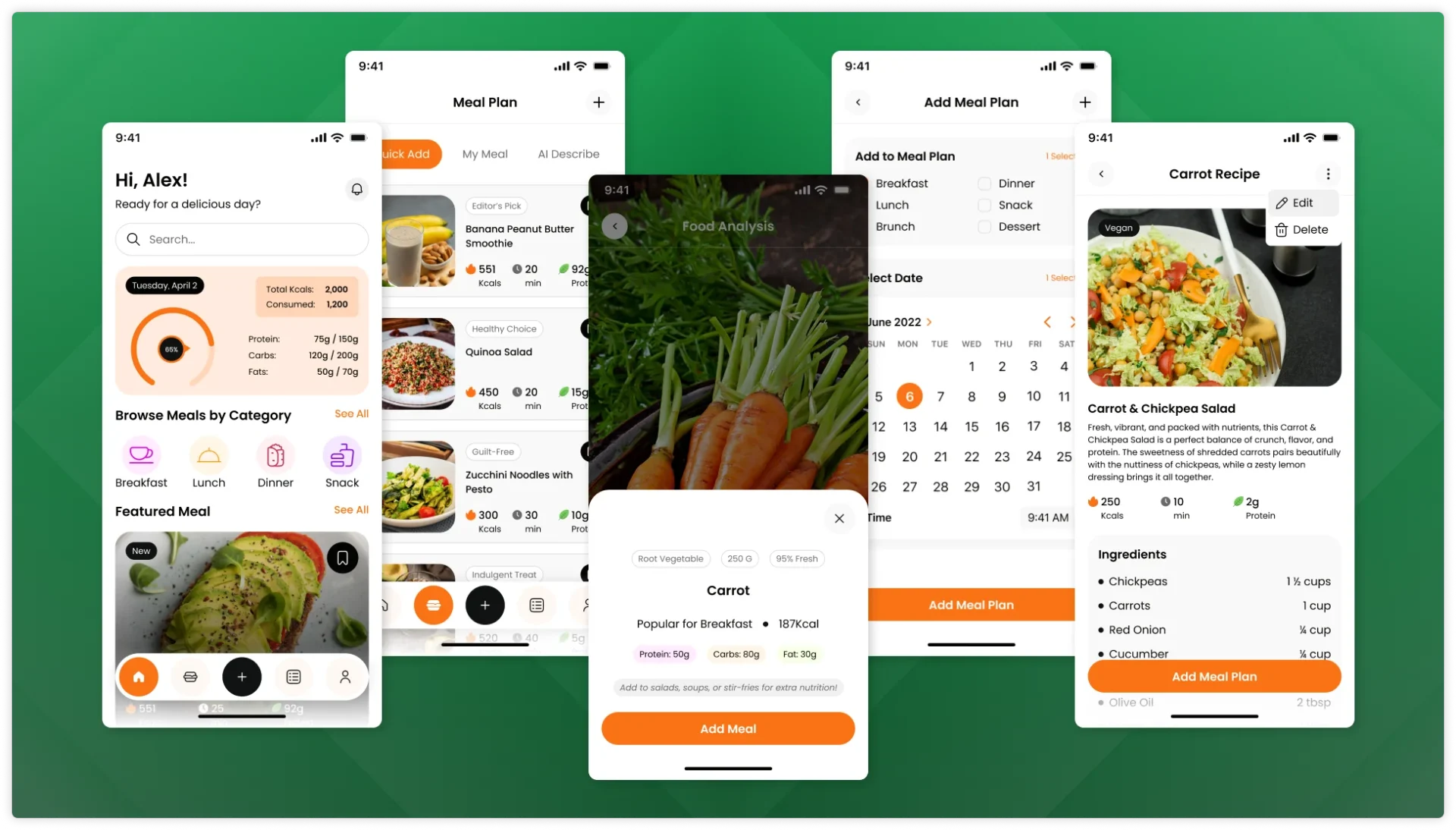
Mobile applications have become a part of our daily lives, becoming indispensable assistants in work, study and entertainment. But for business, it is not just a trend, but a powerful tool for interacting with customers and increasing sales. It allows you to reach a new audience, increase customer loyalty and automate many processes. The key question that every business owner asks before ordering a mobile application is the cost of development.
In this article, we will consider how much it costs to create an application for Android or iOS, key aspects of cost estimation, popular methods and tools for cost analysis that will help you make an informed decision.
Calculating the cost of developing a mobile app is a complex process that depends on many factors. But it always starts with understanding the goals of the project and the scope of work.
Firstly, mobile application development it’s not just about writing code. Before a finished product sees the light of day, it goes through several stages:
At the first stage, the concept of the application is formed, the target audience is determined, the market and competitors are analyzed to understand which functions will be in demand.
Developing a detailed technical specification that includes a description of the functionality, system requirements, and architecture. This is a document that ensures a clear understanding of the requirements by all project participants.
Creating an interface prototype helps to visualize the future software product (element layout and user interaction scenarios) and get an idea of its functionality. The main goal of developers at this stage is to ensure maximum usability of the application.
The UX prototype is the basis for the UI design. After its approval, the development of the visual component of the application begins. A unique style is created, colors, fonts and graphic elements are selected that provide an attractive appearance of the application.
This stage of mobile application development covers the direct implementation of functionality in accordance with approved requirements. It includes programming modules, integration with other systems, creating user interfaces, and configuring the database.
Testing for bugs and stability, performance, and compatibility with different devices. Bug fixes.
Launch and publish on the App Store and Google Play, as well as set up analytics and a user feedback collection mechanism.
Any mobile application requires technical support and updates, as well as bug fixes, functionality expansion, and improvements to meet new user needs.
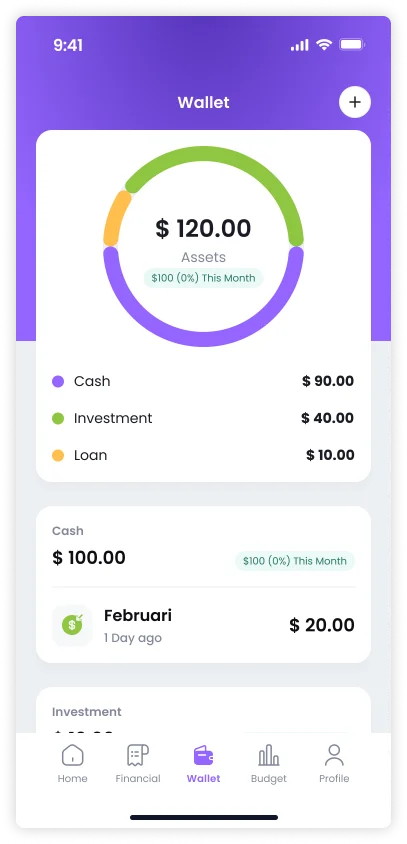

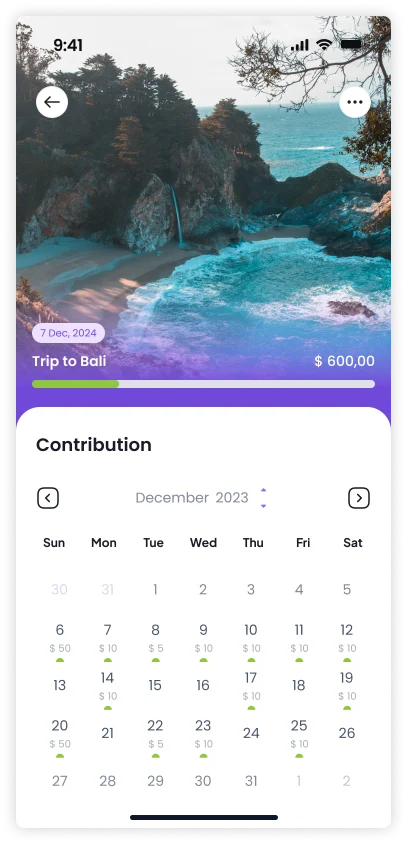
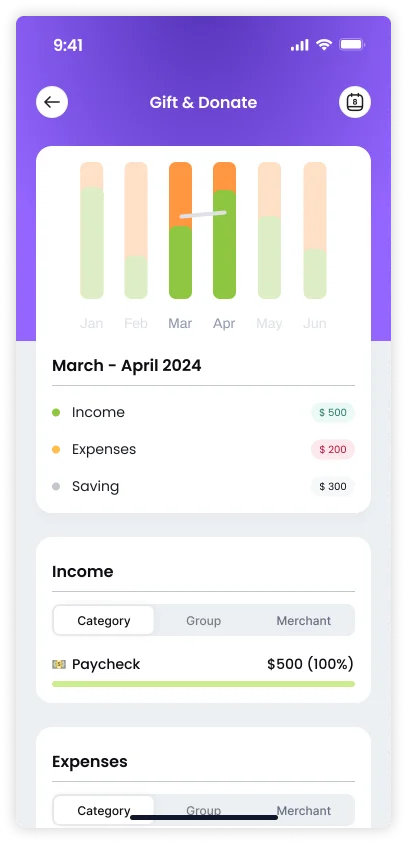
Screens of a mobile application for controlling finances
There are many online tools that offer a quick estimate of how much it costs to develop a mobile app for your needs. But any mobile app development cost calculator provides a very rough estimate, which can vary significantly depending on the scope of work and the specifics of your project. First of all, budgeting depends on the cost estimation methodology. We suggest that before calculating the cost of developing a mobile app, evaluate the advantages and disadvantages of each methodology:
AVADA MEDIA uses hourly billing because in most cases the mobile app development process is iterative. This means that changes and additions are possible at each stage. Therefore, this methodology is usually the best solution, allowing for effective cost control and providing maximum flexibility in implementing ideas.
The cost of developing a mobile application should not be perceived as an expense, because it is, first of all, an investment in your business. And it depends on many variables. Therefore, in order to avoid overpayments and get a product that meets your expectations, you need to at least roughly imagine how much it costs to order a mobile application and what this cost is generally formed from.
Let’s consider the variables that affect the cost of developing custom mobile applications:
How many functions will your application have? Will it be a simple application for recording workouts or a complex platform with API integration, multi-layered architecture and cloud services? The more complex the functions, the more time and resources will be required for development.
For which operating systems will the application be intended? The cost of developing a mobile application for Android, iOS or both platforms has different costs. For example, if you need to develop a mobile application for the iOS platform, the cost may be higher due to Apple’s more complex requirements.
If you want to reach a wide audience, you should consider developing a cross-platform application that runs on different operating systems and is created based on a single code base. This allows you to reduce development costs and accelerate time to market.
What level of design complexity do you expect? Do you need a basic interface, or do you want to create a unique UX/UI design?
What development tools will be used – programming languages, frameworks, database management systems, compilers, APIs, etc. The technology stack, in turn, affects the functionality and development time of the application.
The choice of tools depends on the experience of the team and the specifics of the project. First, you need to determine the project architecture that is necessary for the operation of your application. Is there a need for complex functions – for example, integration with databases, payment systems, push notifications or analytics? All this affects the cost of developing mobile applications. A high-quality stack allows you to optimize the development process, reduce costs and ensure stable operation of the software product.
How much time will be spent on testing and debugging the application? It is necessary to take into account the cost of QA testing, as well as support, placement in markets, promotion, and updating the application after launch.
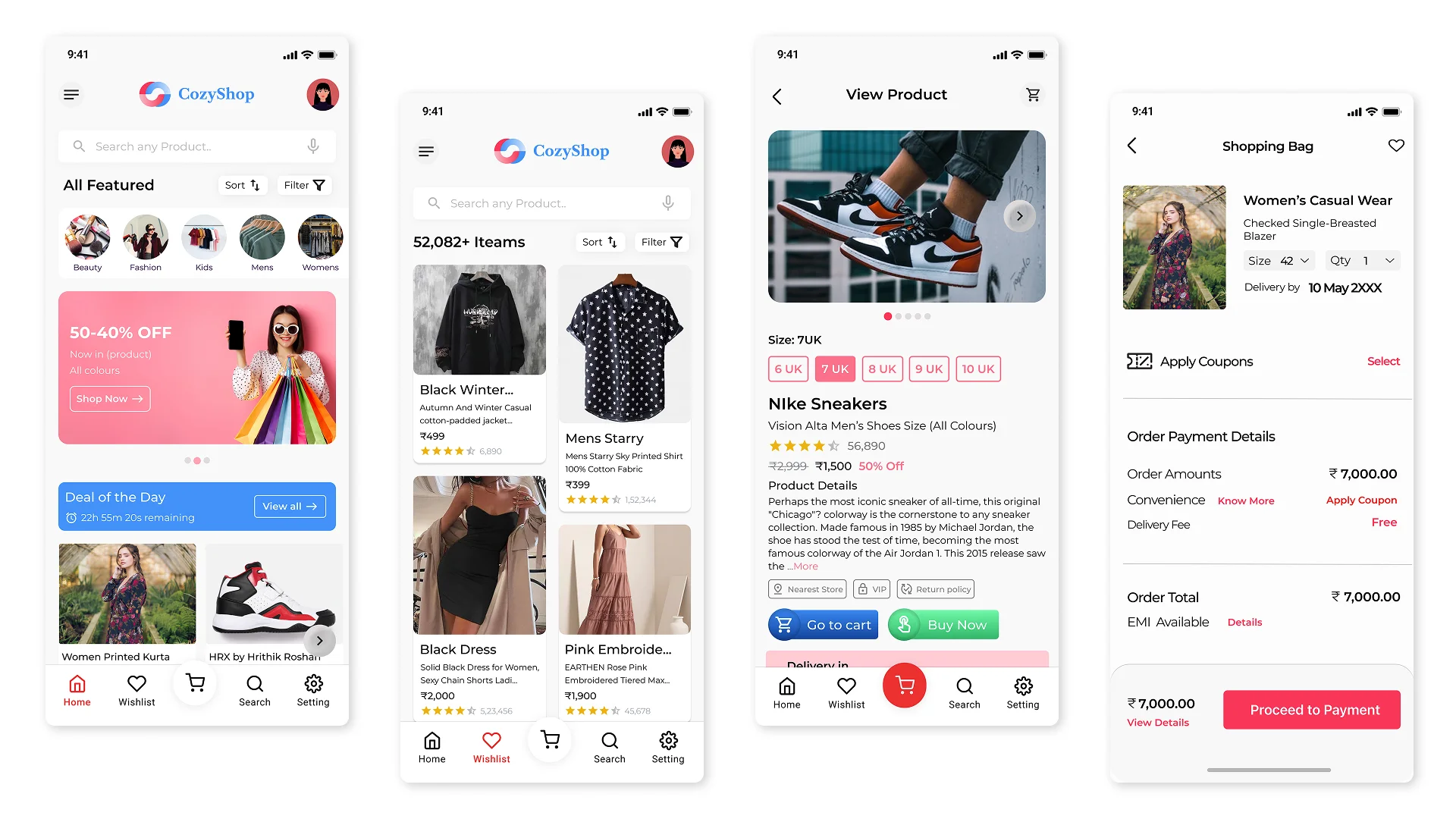
If previously business owners had to choose only between native and cross-platform development, now there are several key categories of mobile applications.
Native applications are created for a specific platform, using Swift for iOS and Kotlin for Android technologies. They provide high performance and seamless integration with the device, but development for each OS is performed separately.
Development of mobile applications for Android: the cost starts from $5,000. For Android applications, a native approach is used with subsequent placement in the Play Market. The main advantage of this platform is a huge audience: more than 3 billion active users around the world, as well as a variety of libraries for quick integration of functionality and loyal moderation of the Play Market, which reduces the time to publish the application. But the large number of devices with different characteristics complicates testing.
Development of a mobile app for iOS: the cost starts at $7,000, which is usually 20–30% more expensive than for Android. It involves placement in the App Store, where users are distinguished by higher loyalty and willingness to make in-app purchases. Difficulties of iOS development: strict moderation of the App Store increases the time for publication, the lack of direct access to user contact information complicates feedback.
A cross-platform approach allows you to create one code to work on different platforms, which reduces the time and cost of development. Frameworks are used to develop cross-platform applications – Flutter or React Native. Here, one team of developers works on the project, which allows you to significantly reduce implementation costs.
This is advisable when:
The average cost of developing a mobile app starts at $7,500, which is about 75% of the cost of creating two native apps.
These products combine web technologies (HTML, CSS, JavaScript) with native components. This is an affordable option, but with lower performance, which limits its use for complex projects.
These are optimized web applications that can be installed on a smartphone and provide the basic functionality of native solutions. Their main advantage is cost-effectiveness in development, but limited functionality can be a disadvantage.
This category includes projects based on artificial intelligence, machine learning, augmented or virtual reality. Their creation requires highly qualified specialists, significant time and resources. This is the most expensive type of development.
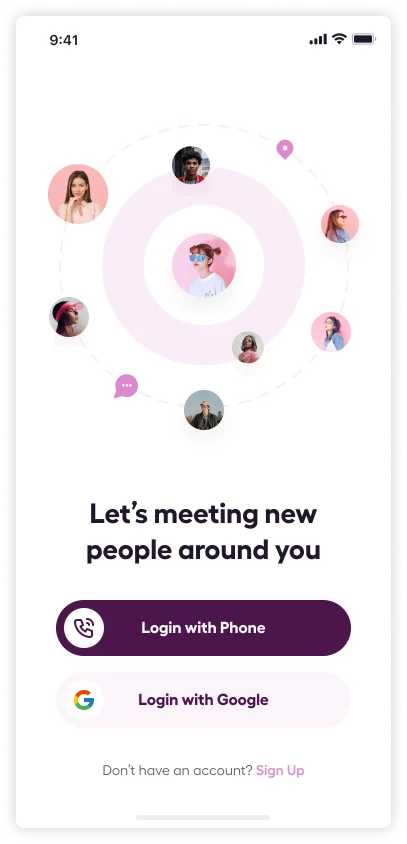
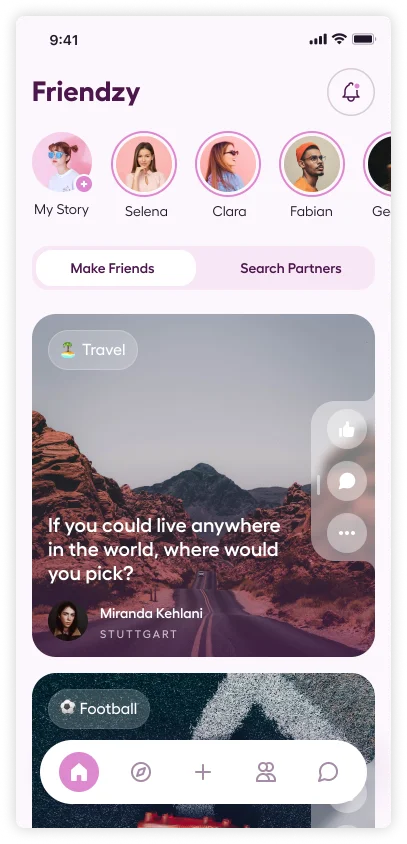
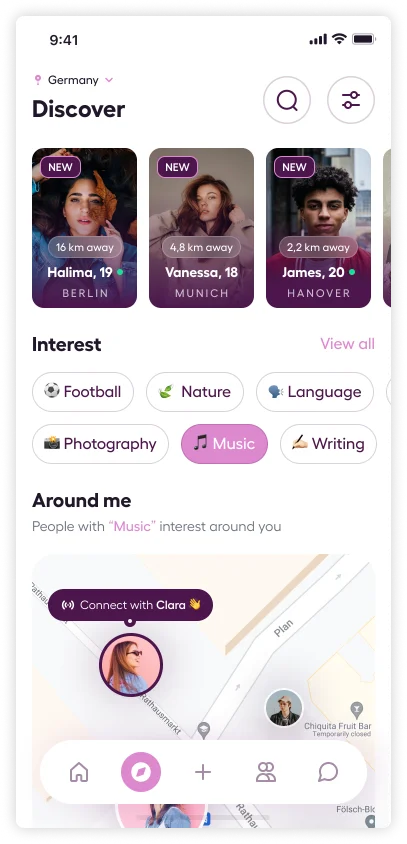


Mobile dating app
In the early stages of the development of mobile platforms iOS and Android, the cost of developing applications for these systems differed significantly. However, according to numerous studies (for example, Clutch) conducted in 2024 in the USA, Europe and Asia, over the past two years this difference has practically disappeared. Today, the key factor affecting the cost of developing a mobile application is not so much the choice of platform (iOS or Android), but the level of complexity of the application itself. It is it that determines the need for additional specialists and technologies, which affects the final price.
For example, an application for ordering coffee with basic functionality: the user can choose a product, place an order, view purchase history and pay online. The development of such a cross-platform application costs from $ 5,000.
These are applications with additional functions – for example, a hotel booking service that offers room search, integration with cards, a bonus system, push notifications. Typically, Android and iOS require separate app development, with costs starting at $10,000.
This category includes marketplace-type services (e.g., an apartment rental app). Such solutions include a large user base, integration with payment systems, a feedback system, and multi-level optimization. Development costs start at $50,000.
Choosing a company to develop a mobile application is a strategic decision that affects the quality, timing, and budget of the project. Relying solely on the cost of developing a mobile application is a huge mistake; several key factors need to be considered.
P.S. A modern functional application can not only increase business efficiency, but also open up new opportunities for interaction with customers. To successfully implement a project, we recommend paying attention to planning, carefully selecting developers, and clearly defining priorities. If you are interested in mobile application development, the cost of the project for your business, or deadlines, contact AVADA MEDIA specialists. The main thing for us is transparency of processes, quality of communication, and focus on results.
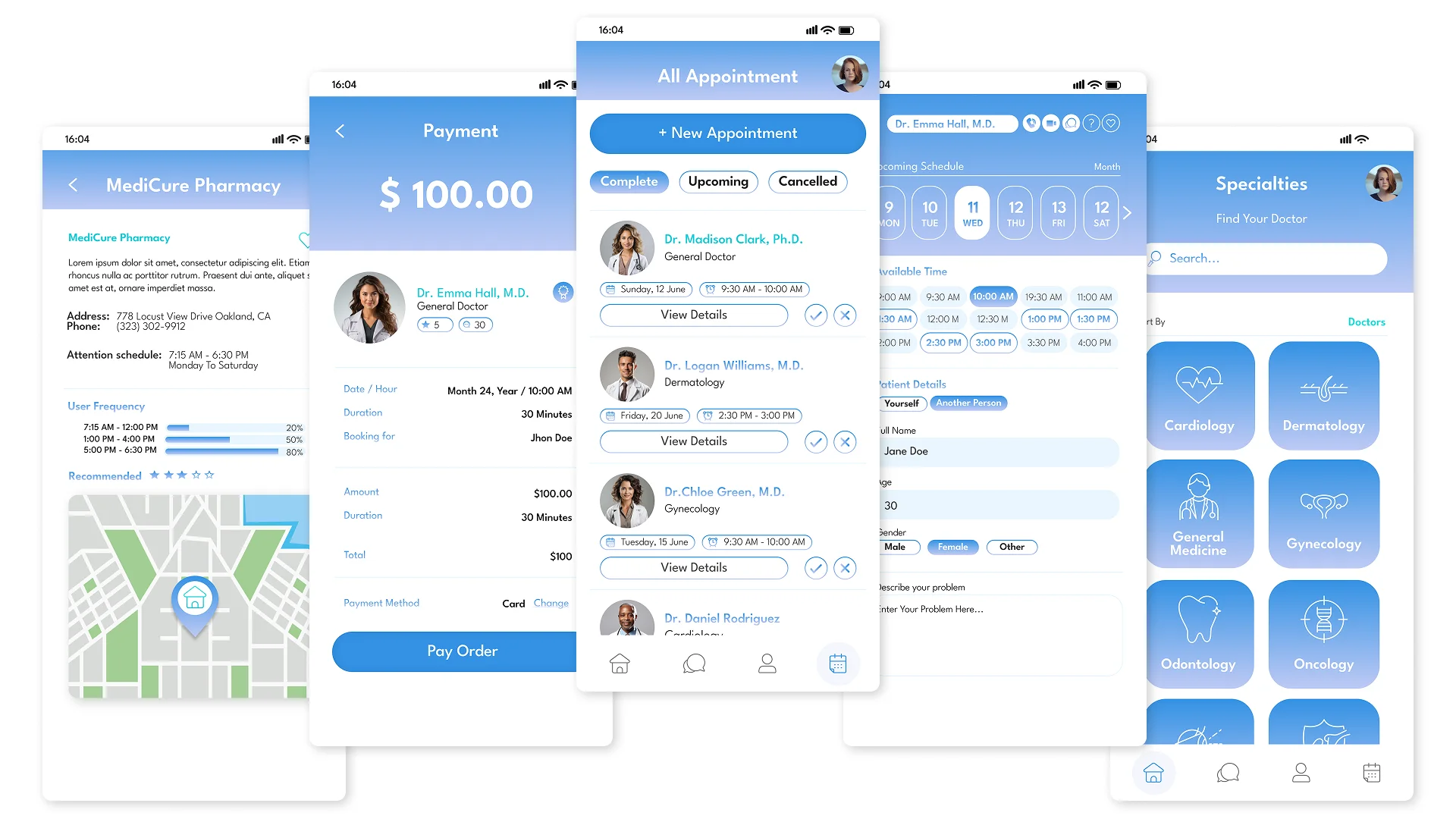
How long does it take to develop a mobile app?
The development time depends on the complexity of the project. A simple app can be created in 2–3 months, while developing a complex solution can take from 6 months to a year.
How much does it cost to develop an iOS app for B2B?
The cost of developing an iOS mobile app for the B2B segment depends on the functionality, the level of complexity of integrations (for example, with CRM or ERP systems), and security requirements. Such projects usually require detailed planning and technical justification.
Where is it better to order a mobile app: from a freelancer or an agency?
Several specialists usually work on creating a mobile app. One person cannot be competent in all development processes. The choice of a contractor depends on your needs and budget. A freelancer is suitable if you need a simple app and are ready to take some risks regarding quality and timely implementation. If you need a complex project, high quality, guarantees, and long-term support, choose a reputable and experienced team.
Can you create a mobile app for free?
Yes, there are tools for creating simple apps without programming (AppGyver, Adalo, Bubble or Glide), but they have closed source code, so you will never “take” your app from there. In addition, their functionality is limited, the design is not original, it is not professional development and is not suitable for large business solutions.
How can you reduce the cost of developing a mobile app for iOS and Android?
If you need inexpensive mobile app development for Android/iOS, the cost can be reduced by using cross-platform solutions (Flutter, React Native), ready-made components and templates. Start with a minimum viable product (MVP), clearly define the requirements for the project.
Contact the experts Have a question?
Developed by AVADA-MEDIA™
The user, filling out an application on the website https://avada-media.ua/ (hereinafter referred to as the Site), agrees to the terms of this Consent for the processing of personal data (hereinafter referred to as the Consent) in accordance with the Law of Ukraine “On the collection of personal data”. Acceptance of the offer of the Consent is the sending of an application from the Site or an order from the Operator by telephone of the Site.
The user gives his consent to the processing of his personal data with the following conditions:
1. This Consent is given to the processing of personal data both without and using automation tools.
2. Consent applies to the following information: name, phone, email.
3. Consent to the processing of personal data is given in order to provide the User with an answer to the application, further conclude and fulfill obligations under the contracts, provide customer support, inform about services that, in the opinion of the Operator, may be of interest to the User, conduct surveys and market research.
4. The User grants the Operator the right to carry out the following actions (operations) with personal data: collection, recording, systematization, accumulation, storage, clarification (updating, changing), use, depersonalization, blocking, deletion and destruction, transfer to third parties, with the consent of the subject of personal data and compliance with measures to protect personal data from unauthorized access.
5. Personal data is processed by the Operator until all necessary procedures are completed. Also, processing can be stopped at the request of the User by e-mail: info@avada-media.com.ua
6. The User confirms that by giving Consent, he acts freely, by his will and in his interest.
7. This Consent is valid indefinitely until the termination of the processing of personal data for the reasons specified in clause 5 of this document.
Send CV
Contact us in any convenient way for you:
+ 38 (097) 036 29 32